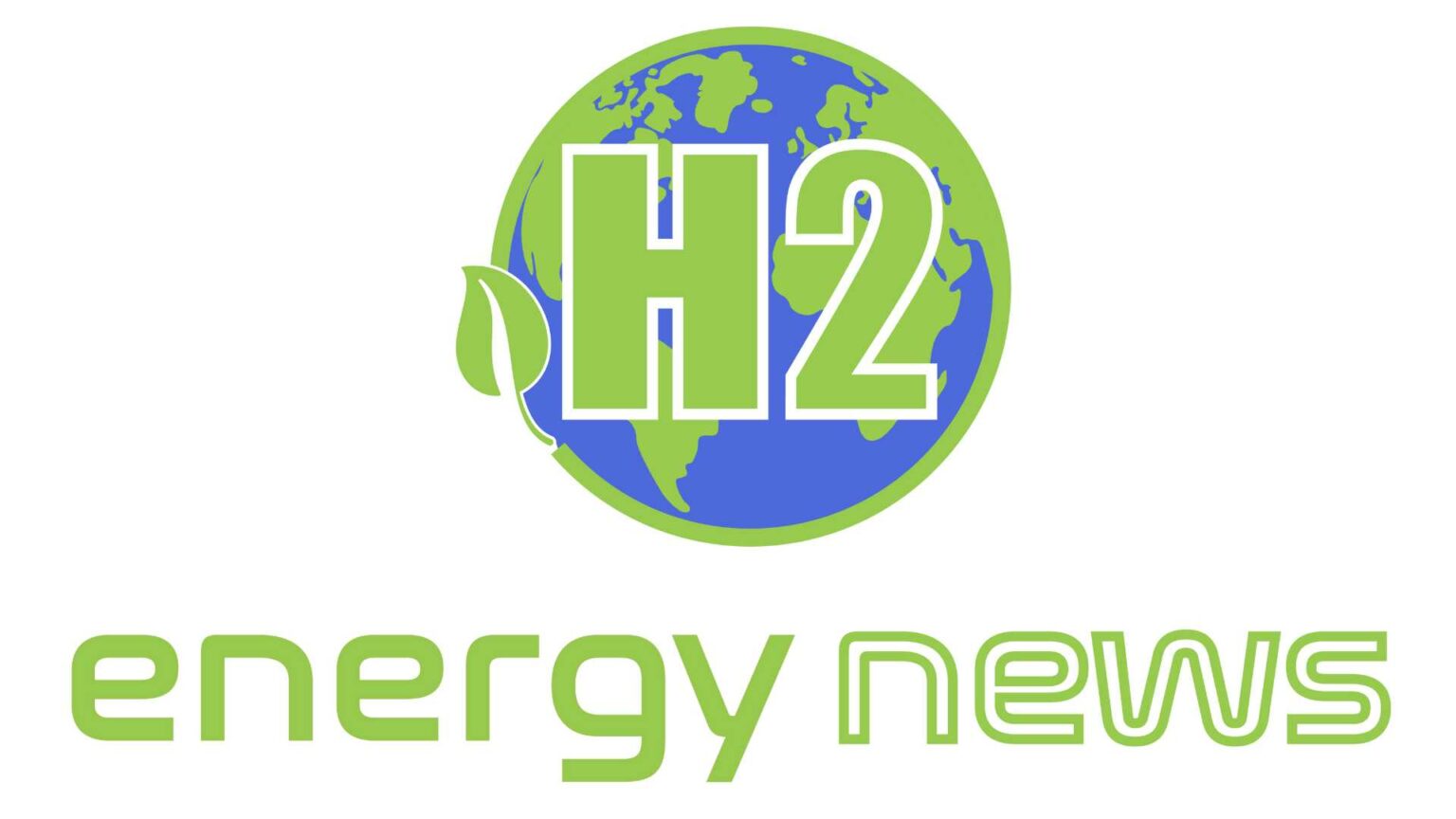We require the large-scale generation of green hydrogen by water electrolysis to satisfy the Climate Agreement’s CO2 emission reduction targets.
As an energy carrier and store of green energy, hydrogen will play a critical role in the future energy system. It will also be used as a feedstock for climate-friendly industrial operations. The safety concerns of fossil-based hydrogen generation are well-known in the process sector, but there is little experience with large-scale water electrolysis. Green Hydrogen Inherent Safety Practices on a Large Industrial Scale was launched by the Institute for Sustainable Process Technology (ISPT) and consortium partners HyCC, Ørsted, Shell, Yara, DNV, Royal HaskoningDHV, and TNO. The goal of this initiative is to raise safety awareness for large-scale industrial water electrolysis plants. After all, no occurrences are desired by industry, government, or society.
We require the large-scale generation of green hydrogen by water electrolysis to satisfy the Climate Agreement’s CO2 emission reduction targets. As an energy carrier and store of green energy, hydrogen will play a critical role in the future energy system. It will also be used as a feedstock for climate-friendly industrial operations. The safety concerns of fossil-based hydrogen generation are well-known in the process sector, but there is little experience with large-scale water electrolysis. Green Hydrogen Inherent Safety Practices on a Large Industrial Scale was launched by the Institute for Sustainable Process Technology (ISPT) and consortium partners HyCC, Ørsted, Shell, Yara, DNV, Royal HaskoningDHV, and TNO. The goal of this initiative is to raise safety awareness for large-scale industrial water electrolysis plants. After all, no occurrences are desired by industry, government, or society.
The knowledge gap is a problem that has to be addressed
Suppliers, operators, and owners of electrolyzer systems currently have minimal expertise with the safety elements of large-scale water electrolysis plants. Only small-scale installations are now available, however, these large-scale ones will be available shortly. As a result, all partners want to push forward on all connected safety issues and create a standardized safety strategy for large-scale water electrolysis plants. One concern is how to objectively analyze events with extremely low likelihood but significant potential repercussions (black swans), as well as how to develop cost-effective safety measures to handle them. As a result, there is a need to continue developing cooperative safety policies and recommendations for large-scale facilities based on plausible scenarios. It’s also critical to talk openly about safety issues.
The project’s goal is to
We hope to gain a better knowledge of the possible dangers of explosions caused by hydrogen and oxygen mixes in electrolysis equipment through this study. The techniques, methods, and data used to assess these hazards, which have a low probability of occurrence but can have serious repercussions, will be examined. The project gives believable scenarios and data about the principles of explosives and detonation authenticity.
The focus is on developing an objective risk assessment approach for fire and explosion threats in equipment containing oxygen and hydrogen mixtures. The establishment of consistent evaluation methodologies includes data on delayed ignition and detonation, as well as failure rates and effects, resulting in suitable protection and safety distances.
Creating a safe water electrolysis system
The project team gathers best practices for inherent safe design as well as guidelines for hazard assessment and risk reduction based on these findings. In addition, the research will provide a plan for validating the findings using experimental data.
ISPT is the project’s general coordinator, and it will be carried out in collaboration with DNV, Royal HaskoningDHV, and TNO. Experts from industry partners HyCC, Ørsted, Shell, and Yara will discuss all of the subjects. TKI-Energy & Industry of the Dutch Ministry of Economic Affairs and Climate Policy is a co-founder of this initiative.





